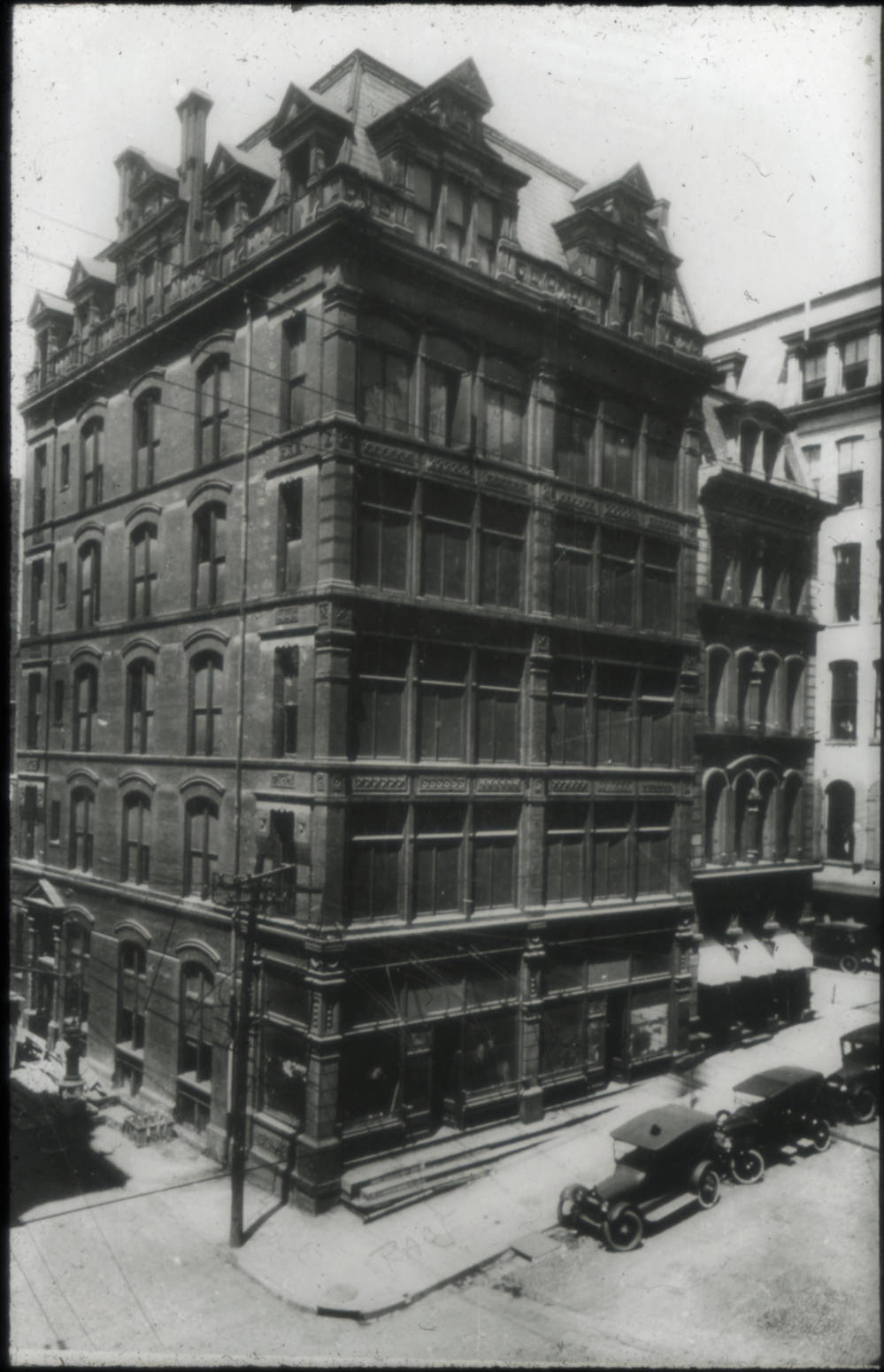92 years ago in 1927, George Remus murdered his wife Imogene in Eden Park, just outside Cincinnati.
The gunshot that indian summer morning capped a tumultuous period of mayhem, betrayal, and embezzlement. The subsequent trial would be followed by millions worldwide!
The accompanying February 1928 insanity trial transcripts provide insight into what Remus thought about his wife and the murder.
Below is a portion of the February 1928 insanity hearing transcript. Remus answers questions about his early days with Imogene and admits that they engaged in “illicit relations.”
February 1928 insanity hearing transcript — George Remus answers questions about his early days with Imogene — “illicit relations”
Remus admits that he hoped to catch Imogene and Franklin Dodge together — so he could kill them both!
Remus admits that he hoped to catch Imogene and Franklin Dodge together — so he could kill them both!
George claimed he married Imogene to bring her up from poverty…and that she owed him as a result. The betrayal with Dodge was too much. The affair and that it became common knowledge in the criminal underworld, disgraced him, and — in his mind — forced action.
George claimed he married Imogene to bring her up from poverty…and that she owed him as a result. The betrayal with Dodge was too much…
Given his ability to manipulate juries, Remus declared he would defend himself, giving him direct access to the 12 people who held his life in their hands.
Given his ability to manipulate juries, Remus declared he would defend himself, giving him direct access to the 12 people who held his life in their hands.







